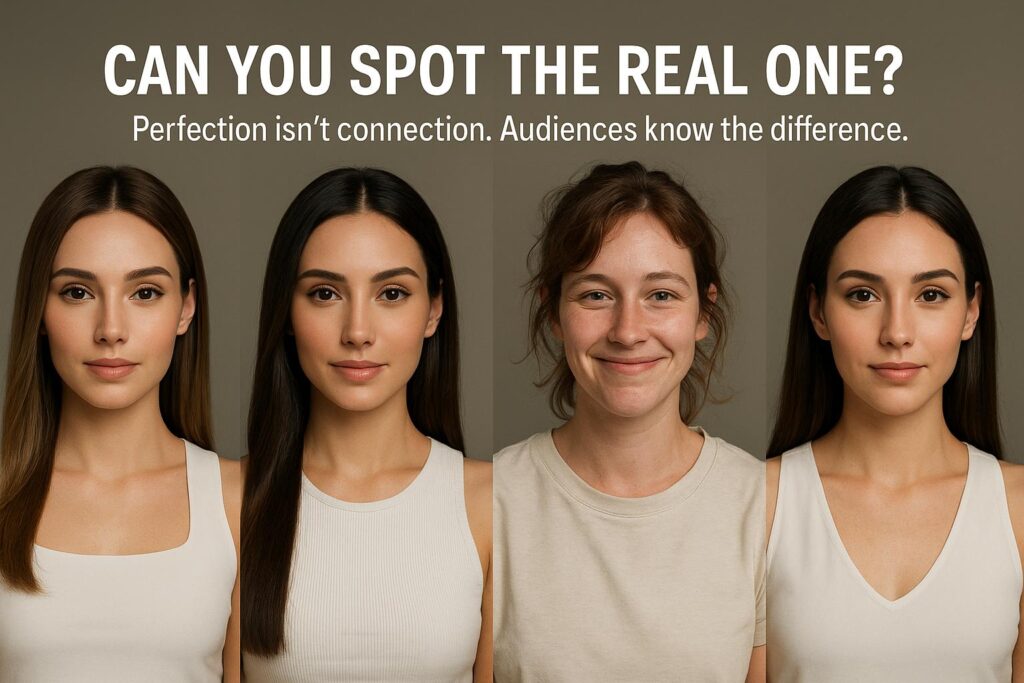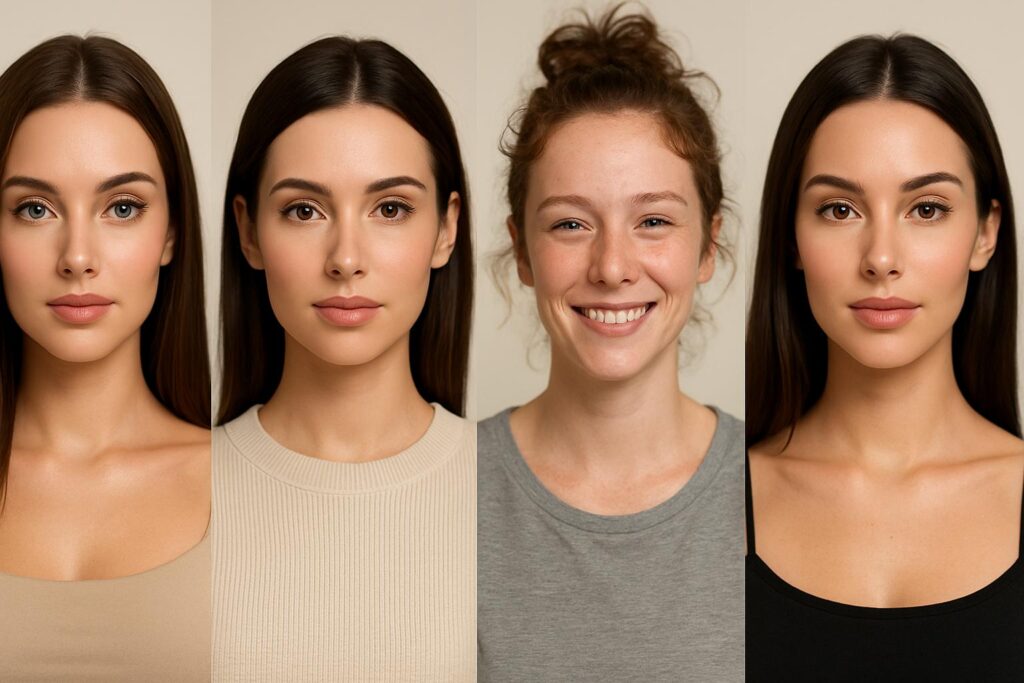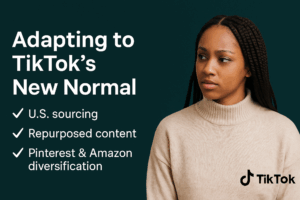Picture this: You’re scrolling Instagram when a stunning influencer catches your eye. Flawless skin, impeccable style, and captions so witty they seem… too perfect. Then it hits you, this person isn’t real. They’re an AI-generated avatar with millions of followers and brand deals.
At Logie, we’ve watched this trend explode. AI influencers are everywhere now, never tired, never off-brand, and always camera-ready. For marketers, it’s tempting: Imagine the control! No more influencer ghosting or PR scandals! But here’s the catch: Audiences are skeptical. And that changes everything.
Let’s discuss what’s happening and how brands and creators can navigate this new world without losing the human touch.
Why AI Influencers Are Taking Over (And Why It’s Complicated)
AI influencers are like digital puppets:
Hyper-realistic but not human. They’re designed to be “perfect,” always on-message, always available.
- Scalable. Need 100 posts in a week? An AI won’t complain.
- Data-driven. Every caption, pose, and product placement is optimized for engagement.
For brands, this sounds like a dream. No more worrying about an influencer going rogue or posting something off-brand. But here’s the problem: Perfection is boring.
Real people connect with real people’s quirks, messy hair, and all. When an AI “influencer” promotes a product, it feels… hollow. And if they mess up? The brand takes 100% of the blame.

The Trust Problem: Why AI Influencers Feel “Off”
A Northeastern University study found something fascinating:
When a human influencer makes a mistake, audiences shrug. (“Hey, nobody’s perfect!”)
When an AI influencer messes up? People assume it was intentional and blame the brand.
Why? Because AI doesn’t feel real. It can’t:
- Apologize genuinely (“Sorry, guys, that post was tone-deaf, I’m learning.”)
- Show vulnerability (“This acne journey has been rough, but here’s what helped.”)
- Be relatable (“I burned dinner again. #AdultingFail”)
And let’s be honest, some AI influencers creep people out. Have you ever seen one who’s almost human but not quite? That’s the “uncanny valley” effect, making audiences uneasy.
The bottom line: AI influencers can work, but only if brands use them transparently and don’t try to fake authenticity.
One weird but interesting example is The News Daddy, a popular influencer who covers current events with personality and edge. Recently, an unrelated AI experiment emerged online: a character called The News Baby.

While not created by News Daddy himself, this AI avatar mimics his voice, pacing, and even signature humor, delivered through the digitally rendered face of a baby. It’s equal parts hilarious and uncanny.
The News Baby is a conversation starter about how far AI should go. The baby-faced digital character presents news content in a style eerily similar to News Daddy’s, but it raises questions about originality, creator rights, and content integrity.
It’s gone viral in bursts, but also sparked deeper conversations: Should AI be allowed to replicate real creators without their consent closely? What are the boundaries when an AI copy becomes so recognizable that it potentially competes with or dilutes the original?
This case adds an important layer to our conversation. Whether it’s playful parody or a serious attempt at automation, News Baby is a reminder that even when AI imitates style, it can’t replace human connection.
How to Use AI Influencers Without Losing Credibility
We’re not saying avoid AI entirely. It’s a tool, not a villain. But brands and creators need to be smart:
For Brands:
- Be upfront. Label AI influencers clearly. (Example: “Meet Nova, our virtual brand ambassador!”)
- Don’t replace humans, augment them. Use AI for repetitive tasks (product demos, UGC-style posts), but let real people handle emotional storytelling.
- Monitor closely. AI can go off-script fast. Have a human review everything.
For Creators:
- Lean into what AI can’t do. Your humor, flaws, and real-life stories are your superpower.
- Collaborate with AI. An AI may handle your editing while you focus on raw, unfiltered content.
- Call out fake influencers. If an AI account copies your style, speak up. Audiences will back you.
Here’s the truth: AI influencers won’t replace humans. They’ll just make real creators more valuable. In 2025, audiences will crave:
- Real stories (not polished algorithms)
- Genuine mistakes (not programmed “imperfections”)
- Human connection (not synthetic charm)
So, brands: Use AI wisely. Creators: Double down on what makes you you.
And if you’re feeling lost in this new landscape? We’re here to help. At Logie, we help brands and creators blend innovation with authenticity because the future belongs to those who keep it real.




